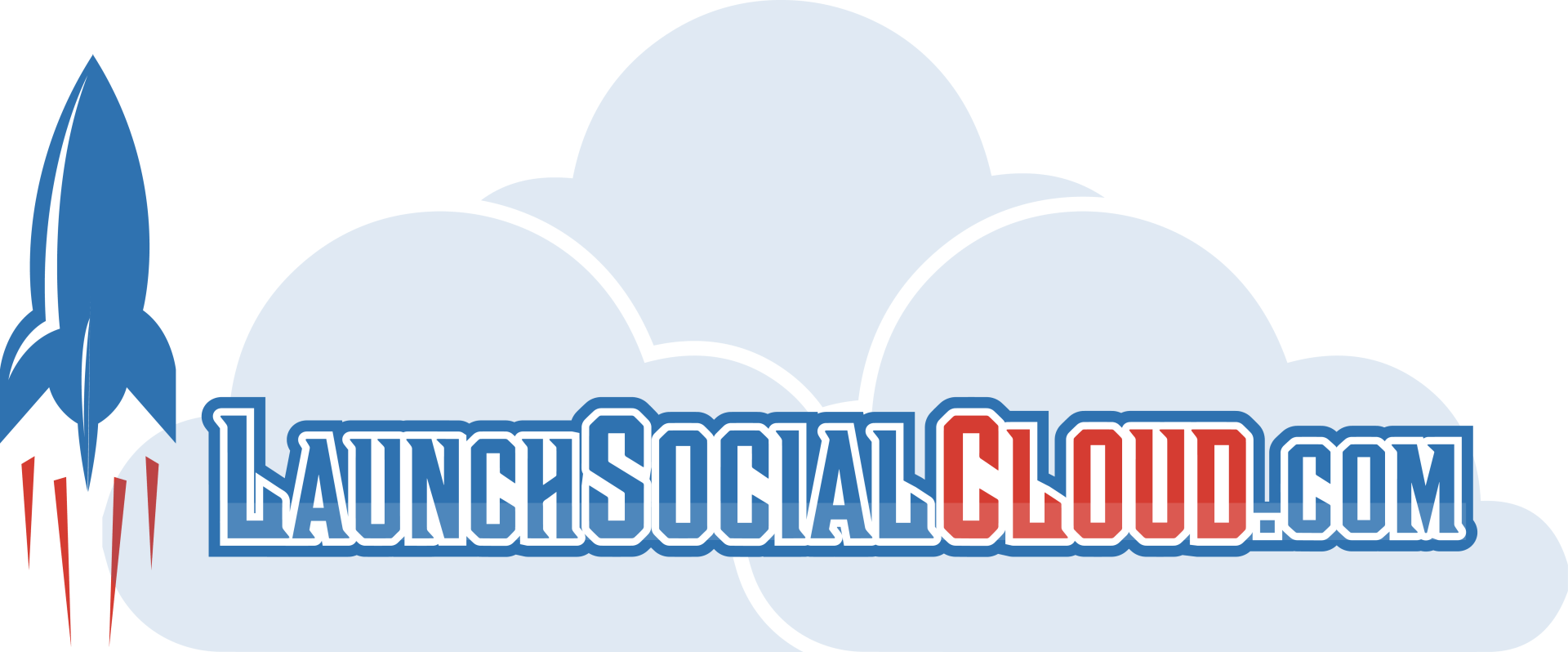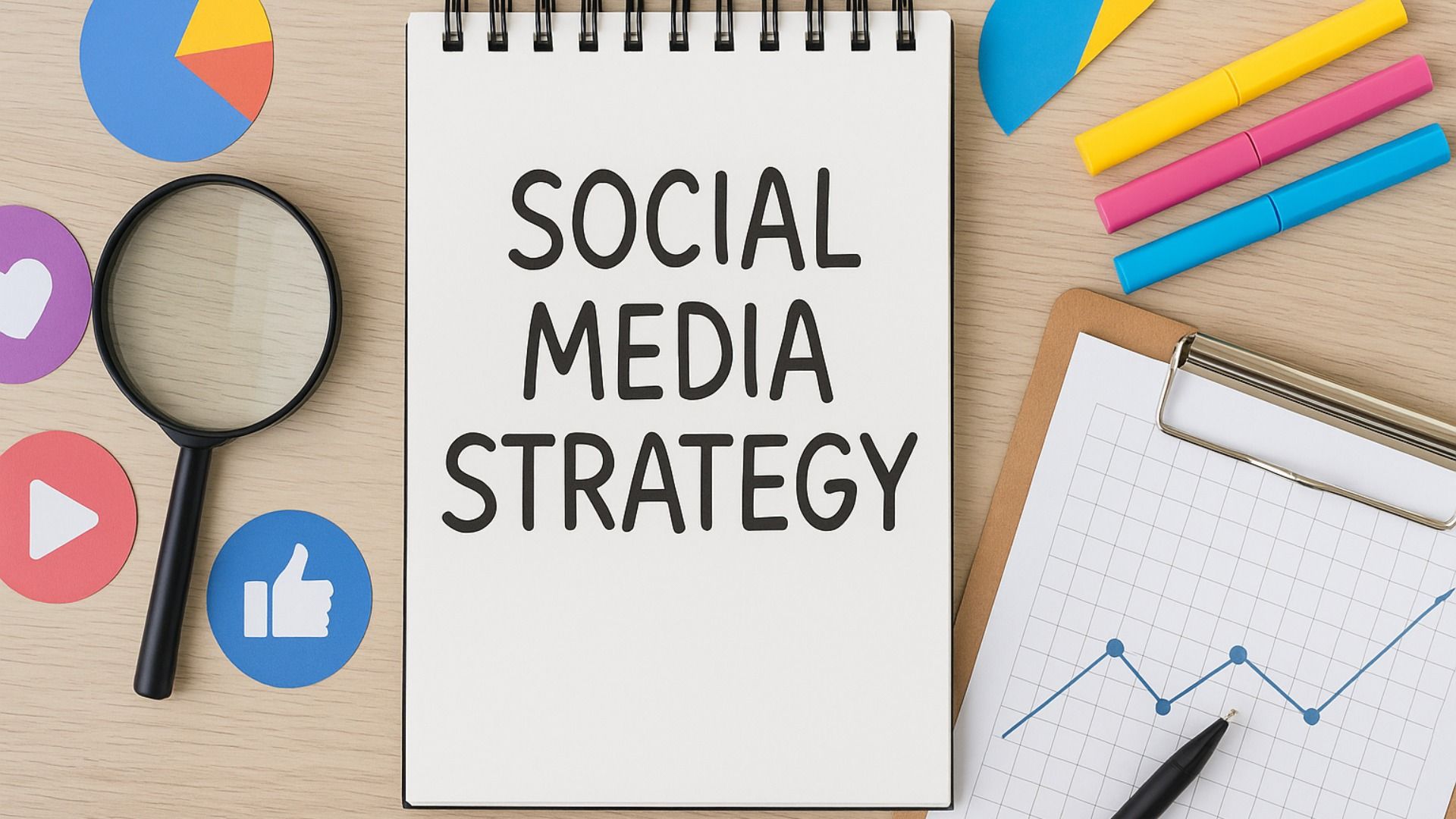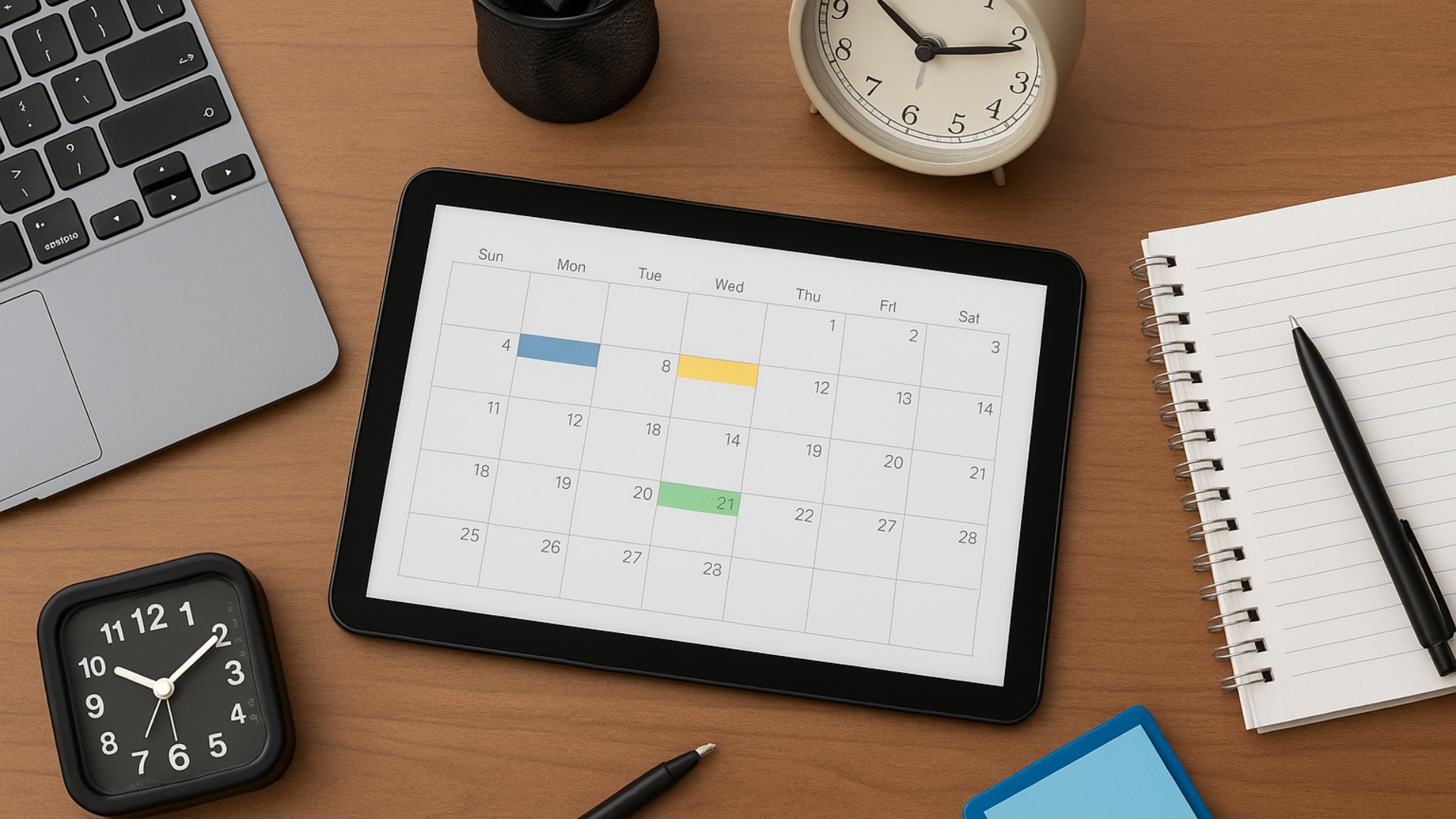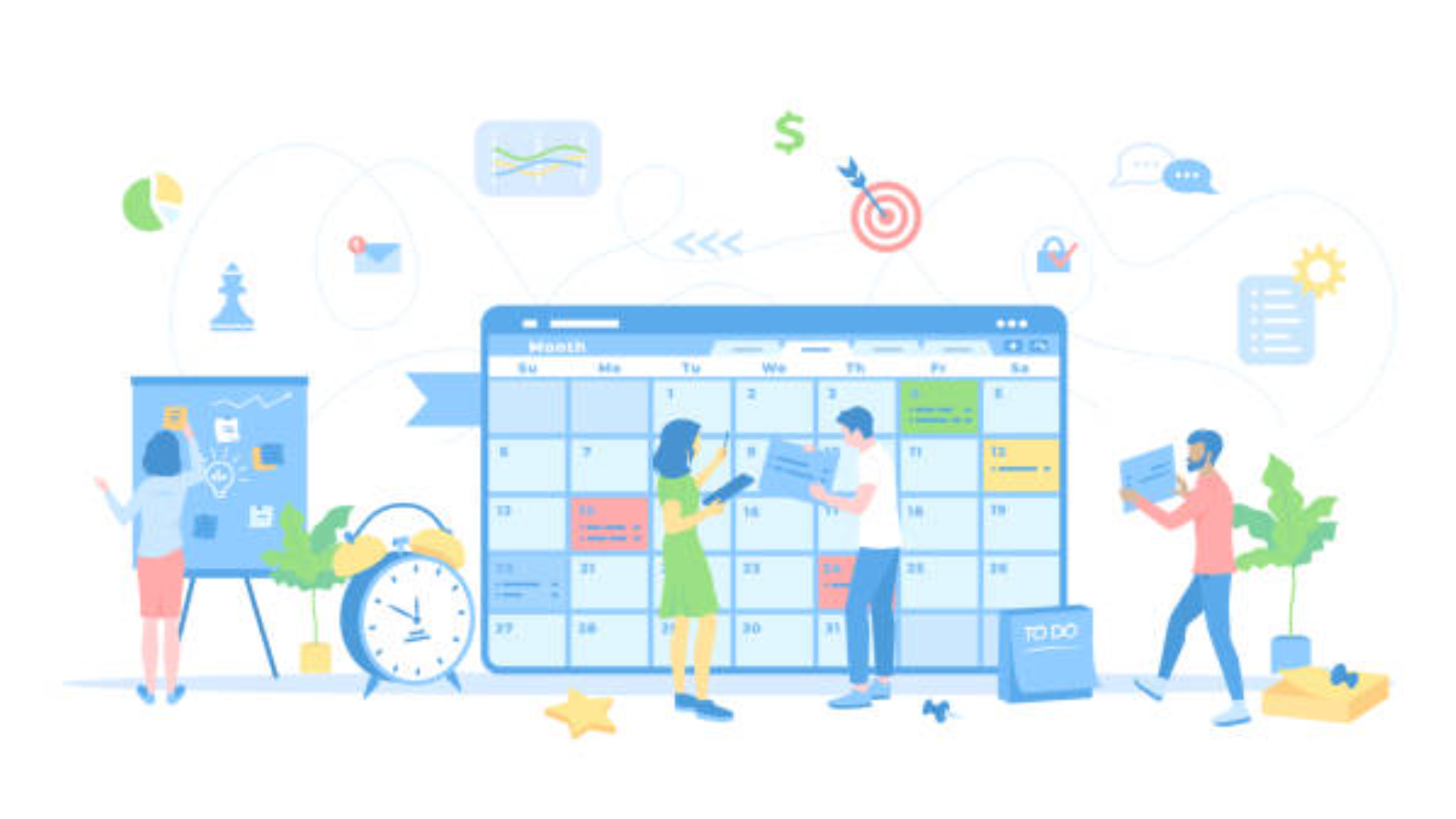How Small Businesses Can Streamline Seasonal Campaigns with Scheduling Tools
Boost Seasonal Marketing Efficiency with Smart Scheduling

For small businesses, seasonal campaigns are a golden opportunity to connect with customers during high-engagement periods like holidays, festivals, and special events. But without the right systems in place, managing these bursts of activity can quickly become overwhelming—leading to missed opportunities, inconsistent posting, or last-minute chaos.
Fortunately, scheduling tools for small businesses offer a streamlined, organized, and stress-free way to run seasonal promotions. With automated scheduling and effective content calendar management, small business owners can maximize visibility while freeing up time for other important tasks.
Why Seasonal Campaigns Can Be Challenging
Seasonal campaigns have unique demands:
- Time sensitivity – Missing a date can mean missing the entire campaign’s impact.
- Increased content volume – Special offers, promotions, and festive greetings require more frequent posting.
- Multi-platform presence – Businesses need to coordinate messaging across multiple channels like Facebook, Instagram, LinkedIn, and email.
Without a plan, these factors can lead to burnout and lost revenue.
The Role of Scheduling Tools
Scheduling tools act as your virtual marketing assistant. They allow you to:
- Plan – Map out your seasonal promotions months in advance.
- Automate posting – Ensure your content goes live at optimal times without manual effort.
- Maintain brand consistency – Keep your tone, style, and visuals uniform across channels.
- Track performance – See which posts drive the most engagement and adjust future campaigns accordingly.
Automated Scheduling: The Game Changer
Automated scheduling eliminates the need to post in real-time, which is crucial during busy seasons when your attention is divided. For example:
- A winter holiday campaign can be fully queued in November, freeing you up in December to manage customer inquiries and fulfil orders.
- Time zone differences become irrelevant—your posts can go live when your audience is most active.
Content Calendar Management for Seasonal Campaigns
A content calendar is the backbone of a successful seasonal campaign.
Here’s how to create one:
- List all key dates – Include holidays, local events, and relevant industry observances.
- Assign themes – For example, a Valentine’s campaign might focus on love-themed product bundles and customer appreciation posts.
- Balance content types – Mix promotional posts with value-driven and engagement content.
- Review weekly – Adjust as needed based on campaign performance.
Best Practices for Using Scheduling Tools
- Batch create content – Design and write all posts in advance to maintain flow.
- Use analytics – Monitor metrics like click-through rates and engagement to refine your strategy.
- Stay flexible – Seasonal trends can shift quickly; be ready to swap out content if needed.
- Leverage multi-platform posting – Use tools that publish to multiple networks simultaneously.
Case Example
Imagine a small bakery preparing for the festive season. By using scheduling tools:
- They queue daily holiday recipes on Instagram.
- They automate Facebook ads promoting special holiday gift boxes.
- Their content calendar ensures no important date is missed, from Black Friday to New Year’s Eve.
- The result? More time for baking and customer service, while marketing runs smoothly in the background.
FAQs About Scheduling Tools for Seasonal Campaigns
1. What’s the best scheduling tool for small businesses?
It depends on your needs. Popular options include Hootsuite, Buffer, and Launch Social Cloud’s built-in scheduler. Choose one that supports your preferred platforms and offers analytics.
2. How far in advance should I plan my seasonal campaign?
Ideally, plan 1–3 months ahead. This allows time for creative production, adjustments, and early promotion.
3. Can automated scheduling post to all my social media accounts?
Yes, most modern tools allow cross-platform publishing to multiple accounts simultaneously.
4. Will using scheduling tools affect my engagement rates?
No—if you post at optimal times and maintain quality content, engagement can improve.
5. Do I still need to post manually?
For timely or reactive posts (like trending topics or breaking news), manual posting can complement your automated strategy.
Final Thoughts
Seasonal campaigns can be a revenue booster for small businesses—but only if they’re executed with precision. By embracing scheduling tools for small businesses, leveraging automated scheduling, and maintaining a solid content calendar management process, you can deliver consistent, engaging campaigns without the last-minute scramble.
With the
right tools,
your seasonal marketing becomes less about stress and more about success.












